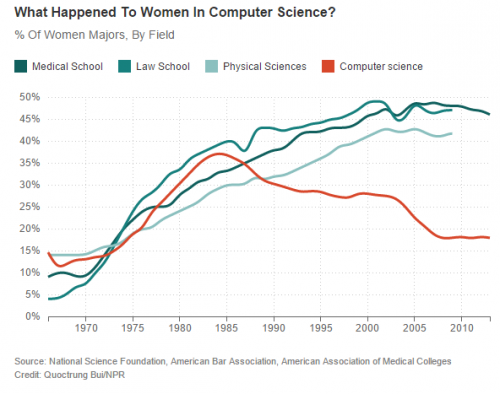We have become more aware that Americans’ chances of upward economic mobility have for decades been a lot lower than Americans imagined, that being poor or rich can last generations. Efforts to explain that lock-in have pointed to several patterns, from the intergenerational inheritance of assets (or debt, as the case may be) to intergenerational continuity in child-rearing styles (say, how much parents read to their children). In such ways, the past is not really past.
Increasingly, researchers have also identified the places – the communities, neighborhoods, blocks – where people live as a factor in slowing economic mobility. In a post earlier this year, I noted a couple of 2008 studies showing that growing up in poor neighborhoods impaired children’s cognitive skills and reduced their chances to advance beyond their parents. In this post, I report on further research by NYU sociologist Patrick Sharkey (here and here) suggesting that a bad environment can worsen the life chances not only of a child, but that of the child’s child, an unfortunate residential patrimony.
Consider the ways that the immediate environment shapes a child’s development. It does so physically. Air and soil pollution, noise, and traffic, for example, measurably affect children’s health, stress, and cognitive development. Local institutions and resources, such as the policing, quality of the schools, availability of health services, food options, parks, and so on matter, as well. And the social environment may matter most of all. Growing up in a community with gangs, dangerous streets, discouraging role models, confused social expectations, and few connections to outsiders commanding resources is a burden for any child. Just getting by day-to-day can be a struggle. (In a pair of studies, Sharkey found that a violent crime occurring near black children’s homes in the days before they took a standardized test reduced their scores on the test, presumably because of anxiety and distraction.)
In their research on historical effects, Sharkey and co-author Felix Elwert used a survey that has followed thousands of American families since 1968 (the PSID). The researchers know much about the adults in the survey, including where they lived when they were around 16, about the children they had and where those children lived around the age of six. The researchers also have the results from cognitive tests administered to those children in 2002.
Sharkey and Elwert found that living in a neighborhood where 20 percent or more of the residents are poor — many other things being held constant (including the parents’ education, health, and attitudes) — seems to lower the test scores of children. And so does having a parent who grew up in such a neighborhood. The effect on children of living in a poor neighborhood and having parents who had also are substantially greater than the effect of only the second generation living in a poor neighborhood. Moreover, the children of two generations of poor neighborhoods do much worse than those of two generations who managed to stay out of poor neighborhoods (over half a standard deviation worse). For technical reasons, these statistical results probably underestimate the real effect of neighborhood poverty on scores.
What appears to have happened is this: Survey respondents in the first generation who grew up in poor neighborhoods ran higher risks than other respondents, on average getting less education and worse jobs, if any, and bearing more physical, social, and psychological problems. Not surprisingly, they tended to end up in poor neighborhoods as adults. When this first generation became parents, they commonly passed on some of their personal disadvantages, such as weak reading skills, to their own children. And they also passed on their places, raising the second generation in poor neighborhoods, which further hampered their children. In this way, Sharkey and Elwert argue, neighborhood problems dragged down (at least) two generations.
No discussion of neighborhood effects can ignore the racial dimension, because the residential segregation of blacks has been and, though reduced, continues to be extreme: 41 percent of the African-American parent-child pairs in the study grew up in poor neighborhoods in both generations; only 2 percent of white families did. Poor whites were less likely to live in concentrated areas of poverty and are more likely to get out of them if they did. The weight of the past is much heavier for some than others.
Claude Fischer is a sociologist at UC Berkeley, is the author of Made in America: A Social History of American Culture and Character. This post originally appeared at Made in America and was re-posted on the Boston Review BR Blog.







